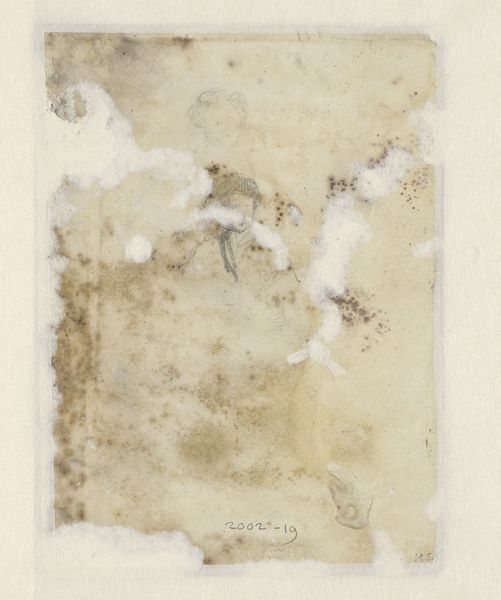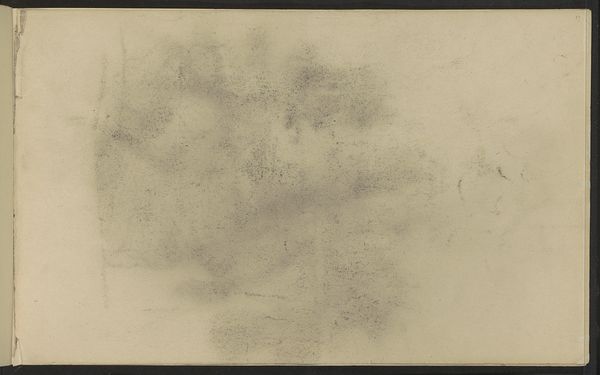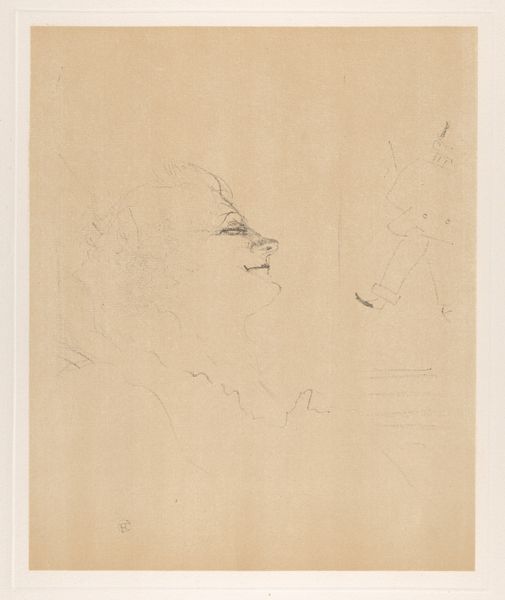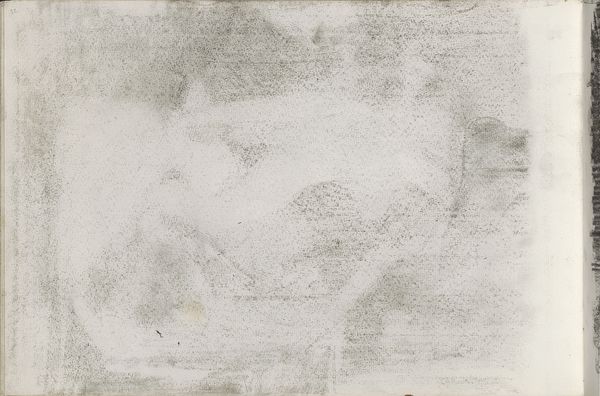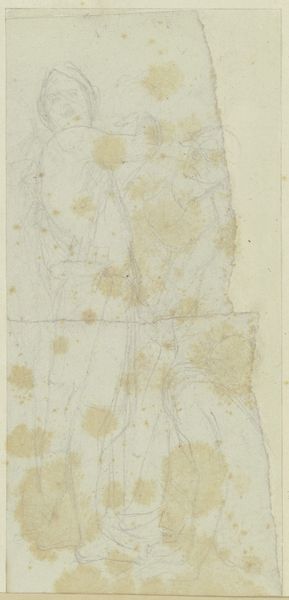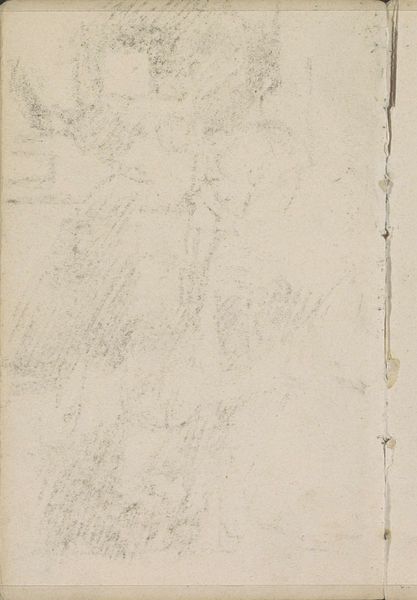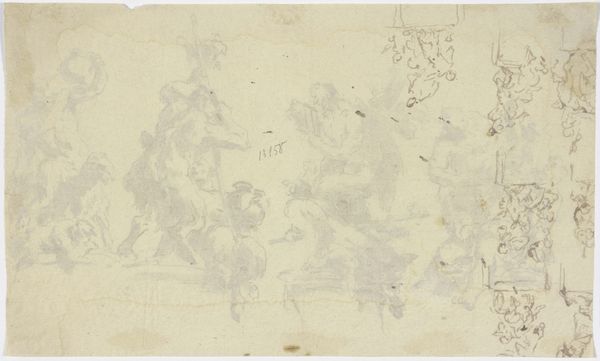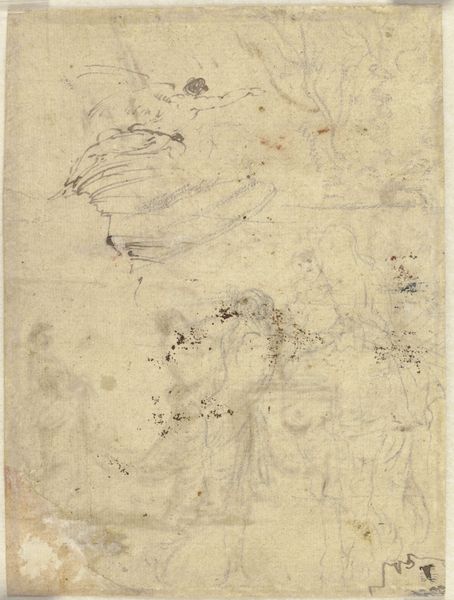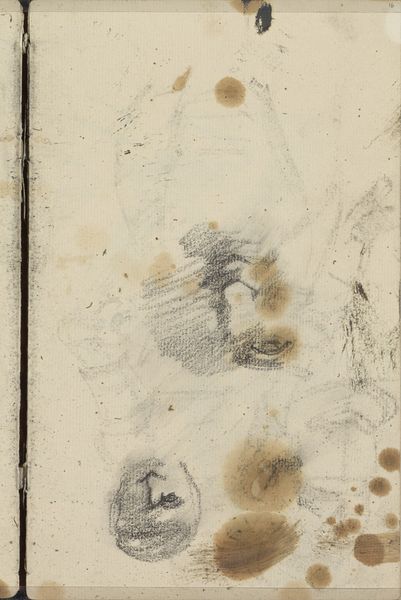
drawing, pencil
#
drawing
#
landscape
#
form
#
pencil
#
realism
Copyright: Public Domain
Curator: Here we have Peter Becker’s pencil drawing, "Terrain study_ rocks", currently held at the Städel Museum. It's a wonderful example of his fascination with landscape, though, frustratingly, undated. Editor: It certainly has a geological feel. I’m struck by its ethereal quality, almost as if the rock face is emerging from the paper itself. There’s an evocative fragility to the lines and washes. Curator: Indeed. Becker's drawing exemplifies a broader artistic interest in accurately portraying natural phenomena. Consider the cultural backdrop, with natural sciences rapidly developing—geology becoming its own field—the urge to capture the real was powerful. It highlights the significance society places on verifiable observations. Editor: Yes, it's true, there’s something inherently powerful in its starkness, even without vibrant colors. It seems less about romanticizing the landscape, and more about trying to grasp its fundamental structure. Those stark, almost skeletal lines carry a primordial sense of strength, but the subtle pencil work and paper lend an interesting level of humbleness. Curator: Do you find a similar theme appearing across various depictions of natural settings? Do you think there's a narrative about man’s relationship to landscape implied by how Becker has treated this natural setting? Editor: Absolutely! This piece embodies the symbol of steadfast endurance—the rock's inherent nature contrasts the transience of the self. I suspect that tension resonated deeply with 19th-century sensibilities in the wake of rapid social and technological changes. In looking closer at this piece it even becomes something akin to a relic. Curator: That interplay is compelling; it makes this humble “study” more complex than initially assumed. Becker appears to be showing us an emblem not merely the essence of stone, but more so of temporal perspective. Editor: Exactly. I hadn't considered the piece's potential placement during a temporal nexus within history; that gives the artwork far greater context and nuance than I considered when I approached it with personal aesthetic observations. Thanks! Curator: Likewise! I see it now not only as an attempt to objectively document, but as a poignant dialogue between ephemerality and everlasting force within history's larger current.
Comments
No comments
Be the first to comment and join the conversation on the ultimate creative platform.


